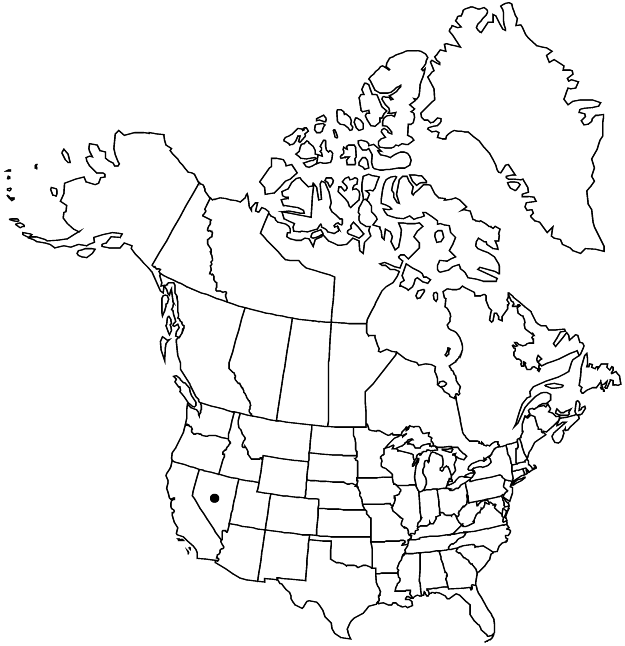Difference between revisions of "Eriogonum umbellatum var. vernum"
Great Basin Naturalist 28: 157. 1968.
FNA>Volume Importer |
imported>Volume Importer |
||
| (One intermediate revision by one other user not shown) | |||
| Line 8: | Line 8: | ||
}} | }} | ||
|common_names=Spring-flowering sulphur flower | |common_names=Spring-flowering sulphur flower | ||
| + | |special_status={{Treatment/ID/Special_status | ||
| + | |code=E | ||
| + | |label=Endemic | ||
| + | }} | ||
|basionyms= | |basionyms= | ||
|synonyms= | |synonyms= | ||
| Line 46: | Line 50: | ||
|publication title=Great Basin Naturalist | |publication title=Great Basin Naturalist | ||
|publication year=1968 | |publication year=1968 | ||
| − | |special status= | + | |special status=Endemic |
| − | |source xml=https:// | + | |source xml=https://bitbucket.org/aafc-mbb/fna-data-curation/src/2e0870ddd59836b60bcf96646a41e87ea5a5943a/coarse_grained_fna_xml/V5/V5_688.xml |
|subfamily=Polygonaceae subfam. Eriogonoideae | |subfamily=Polygonaceae subfam. Eriogonoideae | ||
|genus=Eriogonum | |genus=Eriogonum | ||
Latest revision as of 22:13, 5 November 2020
Shrubs, dome-shaped, 3–6(–9) × 3–9(–13) dm. Aerial flowering stems erect, 0.5–1.5 dm, floccose or glabrous, without one or more leaflike bracts ca. midlength. Leaves in rather open rosettes; blade elliptic, 0.5–2.5 × 0.3–1 cm, thinly floccose abaxially, less so to thinly floccose or glabrous and green adaxially, with some blades glabrous on both surfaces, margins plane. Inflorescences umbellate; branches 3–8 cm, mostly glabrous, without a whorl of bracts ca. midlength; involucral tubes 1.5–2.5 mm, lobes 2–3 mm. Flowers (5–)6–9(–10) mm; perianth pale to bright yellow.
Phenology: Flowering May–Jul.
Habitat: Sandy to gravelly, often volcanic flats and slopes, saltbush and sagebrush communities
Elevation: 1400-2000(-2200) m
Discussion
Variety vernum is known from several scattered populations in northern Nye County. It flowers mainly in May and early June, with some fruit-bearing flowers persisting into early July. Flower color can vary from bright to pale yellow in a single population. The taxon clearly is related to var. nevadense, which in central Nevada occurs at higher elevations (mainly in pinyon-juniper communities). The shrubs certainly are worthy of cultivation.
Selected References
None.
